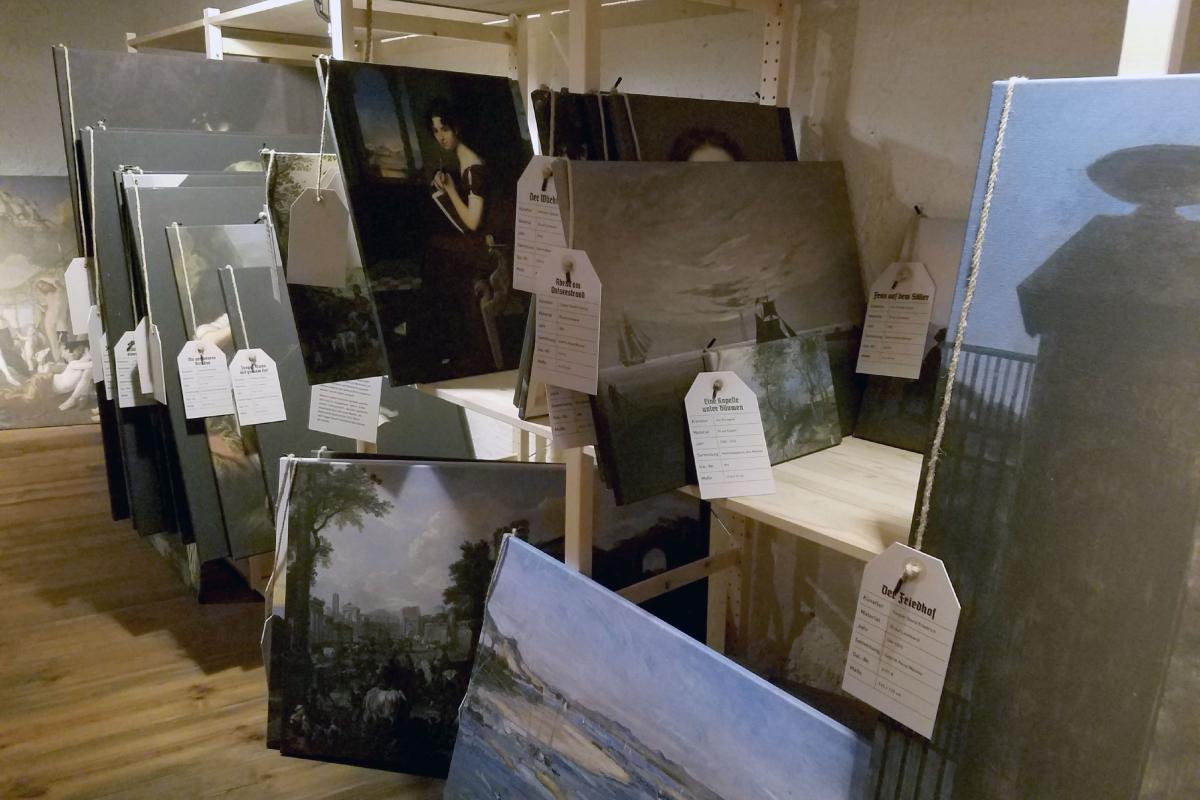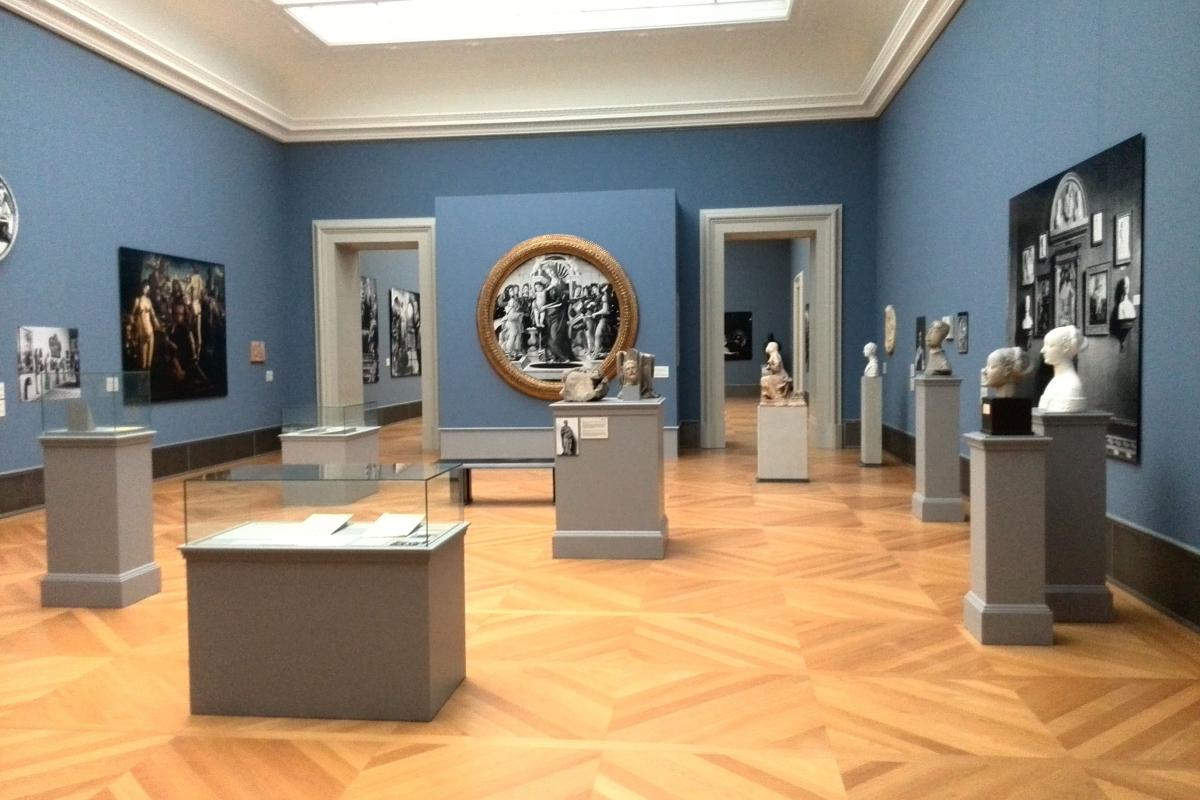Returns
Contact
After the Second World War
Legal Situation
Overview of Conventions and Intergovernmental Agreements
1907
Hague Convention with respect to the Laws and Customs of War on Land
1954
Hague Convention for the Protection of Cultural Property in the Event of Armed Conflict
1957
Agreement between the Soviet Union and the GDR
1967
Act on the Convention of 14 May 1954 for the Protection of Cultural Property in the Event of Armed Conflict (KultgSchKonvG)
1977
Protocols Additional to the Geneva Conventions of 12 August 1949, and relating to the Protection of Victims of Non-International Armed Conflicts (Protocols I and II)
1986
Agreement between the Government of the German Democratic Republic and the Government of the Federal Republic of Germany on Cultural Cooperation
1990
Treaty between the Federal Republic of Germany and the Union of Soviet Socialist Republics on Good-Neighbourliness, Partnership and Cooperation
1991
Treaty between the Federal Republic of Germany and the Republic of Poland on Good Neighbourliness, Friendship and Cooperation
1992
Agreement between the Government of the Federal Republic of Germany and the Government of the Russian Federation on Cultural Cooperation
1993
Agreement between the Government of the Federal Republic of Germany and the Government of Ukraine on Cultural Cooperation
1993
Agreement between the Government of the Federal Republic of Germany and the Government of the Republic of Latvia on Cultural Cooperation
1993
Agreement between the Government of the Federal Republic of Germany and the Government of the Republic of Uzbekistan on Cultural Cooperation
1993
Agreement between the Government of the Federal Republic of Germany and the Government of the Republic of Estonia on Cultural Cooperation
1993
Agreement between the Government of the Federal Republic of Germany and the Government of the Republic of Georgia on Cultural Cooperation
1993
Agreement between the Government of the Federal Republic of Germany and the Government of the Republic of Lithuania on Cultural Cooperation
1993
Agreement between the Government of the Federal Republic of Germany and the Government of the Kyrgyz Republic on Cultural Cooperation
1994
Agreement between the Government of the Federal Republic of Germany and the Government of the Republic of Hungary on Cultural Cooperation
1994
Agreement between the Government of the Federal Republic of Germany and the Government of the Republic of Belarus on Cultural Cooperation
1994
Agreement between the Government of the Federal Republic of Germany and the Government of the Republic of Kazakhstan on Cultural Cooperation
1995
Agreement between the Government of the Federal Republic of Germany and the Government of Romania on Cultural Cooperation
1995
Agreement between the Government of the Federal Republic of Germany and the Government of the Republic of Tajikistan on Cultural Cooperation
1995
Agreement between the Government of the Federal Republic of Germany and the Government of the Republic of Moldova on Cultural Cooperation
1995
Agreement between the Government of the Federal Republic of Germany and the Government of the Republic of Armenia on Cultural Cooperation
1995
Agreement between the Government of the Federal Republic of Germany and the Government of the Republic of Azerbaijan on Cultural Cooperation
1997
Agreement between the Government of the Federal Republic of Germany and the Government of the Slovak Republic on Cultural Cooperation
1997
Agreement between the Government of the Federal Republic of Germany and the Government of Turkmenistan on Cultural Cooperation
1998
Federal Law on Cultural Valuables Displaced to the USSR as a Result of the Second World War and Located on the Territory of the Russian Federation
2007




